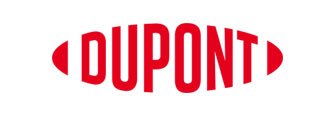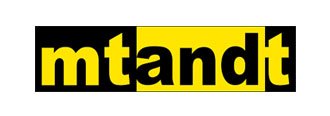Lifelines – An engineered system
In the event of a fall, the lifeline system deflects in the direction of the fall, and the force-management components deploy. It is critical that fall clearance beneath the walking-working surface is sufficient to prevent the worker from hitting lower levels. There are other factors that influence the amount of fall clearance required, including the span distance, energy absorbing components in the user’s lanyard, and setback distance of the anchor point from the fall hazard. Therefore, accurate calculations by the Qualified Person are essential to ensure the system”s ability to perform as designed and prevent serious injury.
Calculations must consider the forces exerted on the system during a fall arrest. For example, the span distance and sag angle
influence the maximum arrest load, and a longer span may result in a higher impact force on an end or corner anchorage. This
additional force matters because high impacts can result in system failures, property damage, and user injury.
When anchored to the lifeline overhead, free fall distances and thus arresting force are much easier to manage. But when users
must anchor to the lifeline below the dorsal D – ring on their harness, free fall distance and arresting force are increased greatly.
For this reason, it is considered a best practice to only install lifelines in fall arrest applications overhead of the user. When
lifelines run at ground-level or below the dorsal D-ring, the system should be designed for restraint and be used with connectors
short enough to limit user travel and prevent a fall completely.
When is a lifeline appropriate?
When deciding when to use a lifeline system, there are several factors to consider, such as the number of workers at height, the
height of the workspace, and the type of work.
One of the main advantages of lifelines is their ability to provide workers with safety and freedom of movement. This ability makes them ideal for maintenance, repair, or construction work where workers need to move around while attached to the system. In addition, they offer continuous protection, allowing workers to work safely without interruptions.
A lifeline system is also a practical solution when no other fall protection system is feasible or practical. For example, suppose other fall protection systems like safety nets or guardrails cannot be installed due to the nature of the worksite. In that case, a horizontal lifeline system can provide an effective solution.
These systems are also ideal for working at heights where a single anchor point is not enough to provide adequate protection. A lifeline system can offer multiple anchor points, and be engineered to allow several workers to be attached to the system simultaneously.
Inspections and maintenance of lifeline systems
Working at heights is hazardous, but throwing on whatever fall protection system is lying around isn’t enough to protect workers; it must be appropriate for the situation. Lifeline systems are common in many industries, but knowing when and how to use them is crucial. The components of a lifeline system, their application, and why it’s often best to consult with a fall protection expert before making your final choice.
Companies often use Lifeline Systems for fall arrest and travel restraint when personnel tie-off anchor points are not easily accessible. Installers can place these systems at the base of a structure, overhead, or between. They secure a wire cable to a minimum of two anchor points and use those end points to tension and secure the lifeline. Additionally, they may add force-management components, as well as intermediate or corner supports between the endpoints.
Regular inspection and maintenance of lifelines are crucial for ensuring the safety of its users. If any part of the system is
compromised, the entire system is at risk. Those responsible for inspections vary depending on the safety role, and inspections
should be done regularly, at least once a year, by a competent person.
During inspections, it”s important to look for damage or defects to any part of the equipment, the absence of markings or tags, and
any element that could affect the usability of the equipment. If equipment fails an inspection, it should be removed from service
immediately and marked as unusable or destroyed. Regular inspection and maintenance are crucial to ensuring that fall protection
equipment will continue to work effectively.
Regulations, Training & Knowledge
Ensuring working safety and OSHA compliance requires implementing a comprehensive fall prevention strategy that includes the
proper mix of fall protection equipment and personnel training. However, choosing the appropriate fall protection solution and
training workers on how to use it safely is a sometimes confusing but crucial component of protecting workers from the hazards
of falls.
Above all & “Qualified” means one who, by possession of a recognized degree, certificate, or professional standing, or who by
extensive knowledge, training and experience, has successfully demonstrated his ability to solve or resolve problems relating
to the subject matter, the work, or the project.”

















